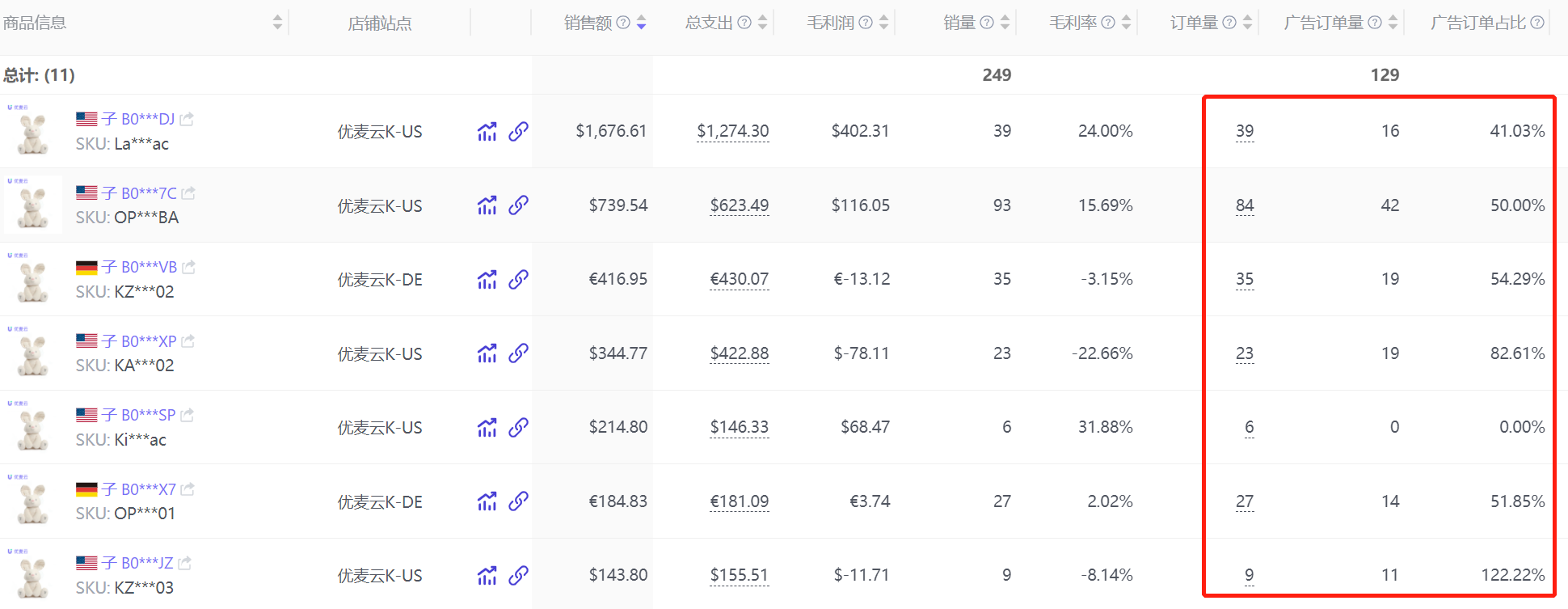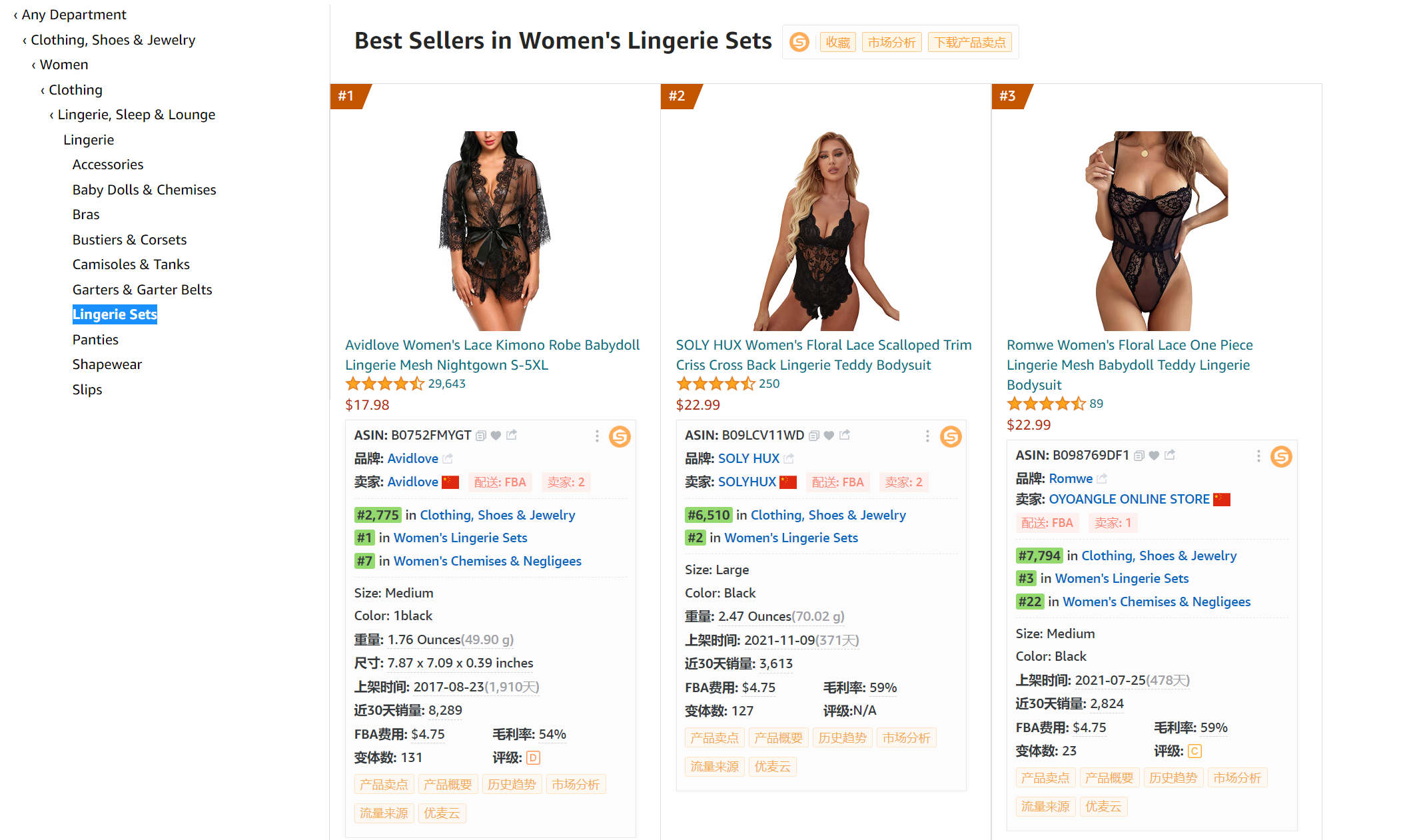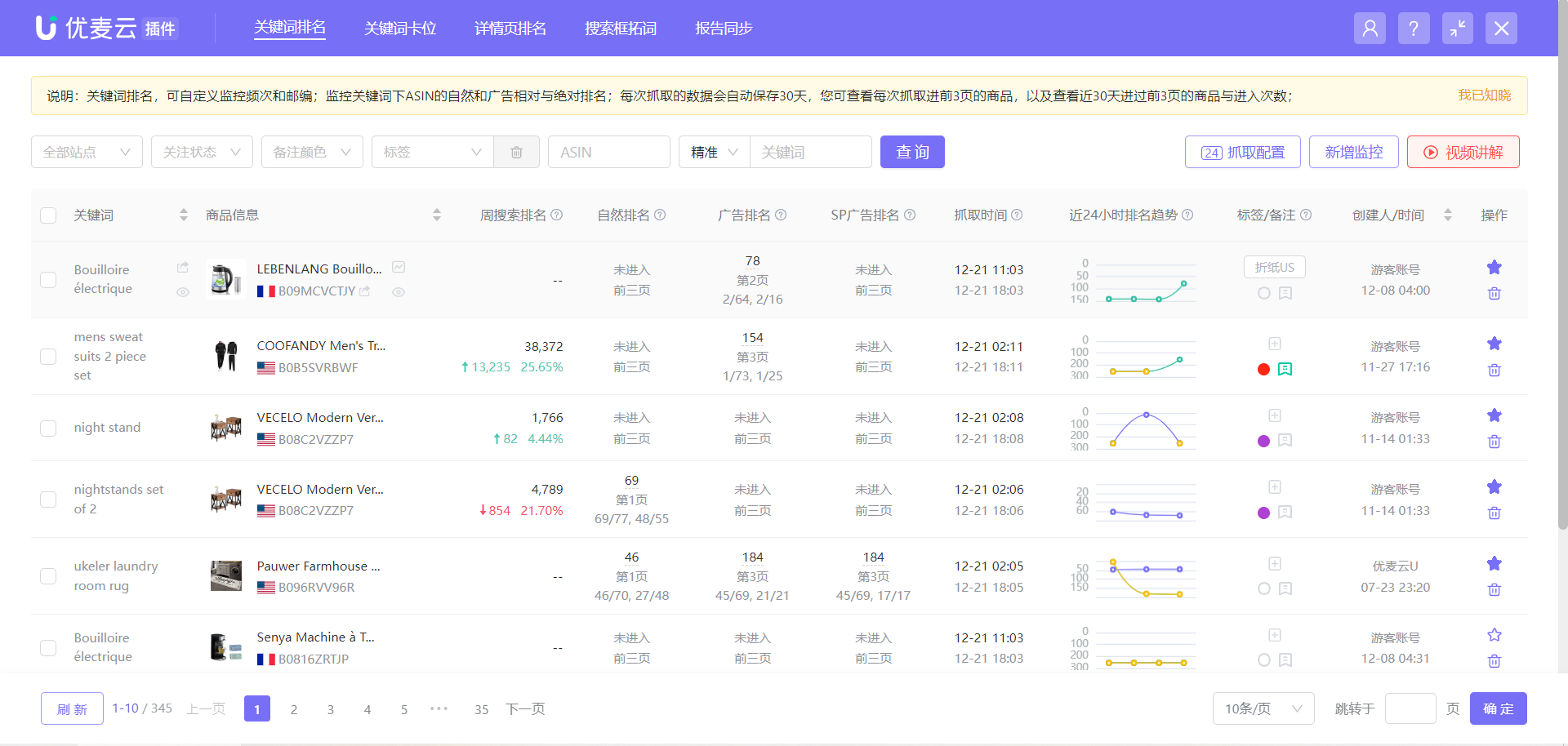Why Are Your Amazon Ad Orders Higher Than Your Organic Orders?
Many new sellers encounter a peculiar phenomenon in their Amazon store sales data!
Ad orders for a single product are consistently higher than organic orders? What's going on? Is there a data issue?
Of course not!
Let's explore together the reasons behind this situation and the corresponding solutions.
I. Why Are Your Ad Orders Higher Than Your Organic Orders?
First, let's understand what ad orders and organic orders are.
Ad orders are the number of product purchases made by buyers after clicking on an advertisement.
Organic orders are the number of orders generated from non-ad clicks, which is the total order quantity minus the ad order quantity.
Organic orders sometimes present a rather peculiar situation: the number of organic orders is negative. This is due to Amazon's ad attribution model.
According to Amazon's rules, if a customer buys product B through an ad for product A, the ad order will be attributed to product A, and the organic order will be attributed to product B. Therefore, some detail-oriented sellers often find when analyzing Advertised Products Reports that some products generate corresponding ad conversions even without ad clicks.
 +
+
(Source: YouMailCloud > Business Analysis > Product Analysis)
After understanding the above two concepts, analyzing the reasons for this situation becomes much easier.
1. New Product Promotion is Ad-Centric
Under normal circumstances, when your product is first listed, Amazon's organic referral traffic is relatively low, and the product's ranking position is low, so the probability of buyers searching and purchasing your product is very low. Therefore, in the early stages of product launch, most sellers will rely on Amazon Advertising to help improve product rankings and acquire orders.
Therefore, in the early stage of new product launch, ad orders will inevitably far exceed your organic orders, unless the product is in short supply, similar to masks during the epidemic, which could generate a surge in orders even without advertising; or if off-site advertising or review programs are implemented.
If it's already a relatively mature product, and ad orders are still consistently greater than organic orders, then there may be issues with the Amazon operation rhythm and product category.
2. Poorly Managed Product Promotion Pace
If the promotion pace is not well managed, product sales will be very unstable, and ad performance will also be erratic. You won't be able to find the product by searching for keywords, and referral traffic such as category ranking and related traffic will be pitifully low. This situation is similar to a new product, so mastering the new product launch period and quickly boosting product ranking is very important.
3. Product Category Restrictions
For some categories, Amazon actually has restrictive conditions, and the organic traffic push is very, very low, but there is corresponding market demand, such as categories like Lingerie Sets. For these types of products, the title, keywords, descriptions, etc., cannot be written too excessively, otherwise they are easily delisted. Only a small portion have corresponding advertising permissions. Therefore, the dependence on advertising is much higher than any other category. Thus, from a product category perspective, it can also lead to a situation where ad orders are greater than organic orders.
 +
+
(Source: Amazon Front-End)
II. How to Reduce Advertising Dependence
The positioning of each product is different, and operation strategies and advertising approaches are also vastly different. While paying attention to ad orders and organic orders, we can compare and analyze the above reasons and keep the proportion of ad orders from being too high. For example, if it is as high as 80-90%, generally keeping it around 30% will result in a larger profit margin.
If you encounter a situation where the ad ratio is too high and advertising dependence is too strong, what should you do?
The core idea of the solution is: stabilize product keyword and ASIN rankings.
Currently, the two major traffic sources within Amazon are: search traffic and referral traffic.
Search traffic is mainly achieved through keywords. The biggest influencing factor for organic keyword ranking is the number of orders and conversion rate under this keyword. Referral traffic is mainly achieved through related products, where they appear on product detail pages, the placement location, whether they can win orders in this location, and the probability of winning orders, etc.
Monitor the keyword ranking position and detail page ranking position of products every day, analyze the gap between yourself and competitors, such as: image attractiveness, promotional discounts, review star ratings, etc., and gradually improve product rankings; you can also analyze corresponding advertising strategies and ad layouts, and choose suitable entry points to achieve keyword positioning.
 +
+
(Source: YouMailCloud Plugin > Rank Monitoring)
Once the organic rankings of keywords and ASINs improve, Amazon's organic referral traffic will increase, the user coverage will be wider, and the proportion of product organic orders will also continue to increase. This is a virtuous cycle that solves the problem of strong advertising dependence we mentioned earlier.
Finally, ad orders being greater than organic orders is actually a very common phenomenon. Don't panic when you encounter this situation, just refer to the above ideas and make timely response strategies.

SellerSpace is a concise tool to manage multiple Amazon accounts, focuses on solving various problems encountered by sellers during operating Amazon business.
Mail:support@sellerspace.com
©2018-2025 SellerSpace.COM All Rights Reserved
Online
Service
